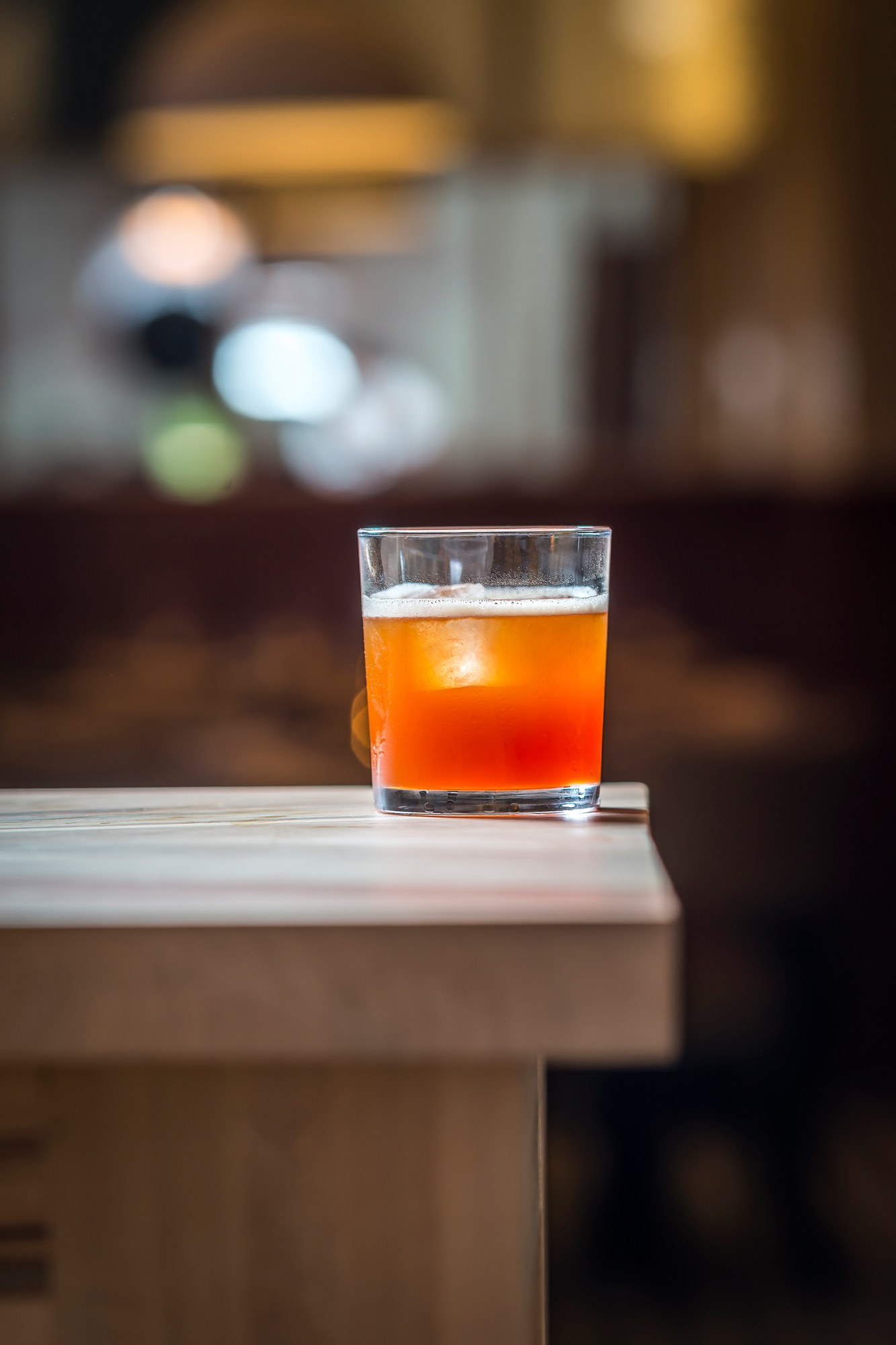Posted: Feb 18, 2017
 Source: Vogue | Nora Fecks
Source: Vogue | Nora FecksThe spirits industry has never been more exciting or more poised for disruption in 2017. Here, some of the industry’s most innovative mixologists break down the cocktail trends on tap this year.
Locals Only
“More and more often, I have guests who sit down and immediately ask what I might have in the way of a local spirit or beer,” says Anne Robinson, head bartender at Westlight, the new, always-busy rooftop bar in Williamsburg’s William Vale hotel. “People are getting more adventurous and are curious to learn about these new producers that are popping up not just in New York, but across the country, so I think that instead of having their say, rum and coke with an old standby, 2017 will see people giving that new liquor that was distilled a few subway stops away a chance.”
Rum, the New Tequila?
“2016 was all about tequila for me,” says Robinson. I have a feeling 2017 will end up being massively about rum. Maybe that’s because I’m headed to Martinique for a bit very soon, and imagine touring those distilleries and drinking my weight in Ti Punches will influence my passion for sugar cane pretty heavily. Rum just makes me think of sunshine and good vibes, which I think we’ll need a lot of in 2017.”
A Return to Fine Dining
“Drink trends for 2017 — and the industry as a whole — will be about putting the emphasis back on the guest experience and returning to the era of fine dining. Attention to detail — serviceware, glassware, ice programs — and making as much as possible in-house, or incorporating local producers of spirits and ingredients will be important,” says Frankie Solarik, co-owner of Toronto’s BarChef, a dimly lit haunt in the city’s ultra-hip Queen West stretch. “With guests having increased access to information through the Internet, I feel people working in the industry are appreciating this and really starting to consider themselves professionals and taking great pride in providing the guest an exceptional experience.”
Less Juice, More Spirits
“In the past, there has been a big influence in the industry with speakeasies and library style designs,” says Solarik. “I feel we’re going to be getting away from this and moving towards a more contemporary and progressive approach – not only with design, but also with cocktail programs and glassware. As a whole, guests are becoming more adventurous with their palates and moving towards more spirit-forward options on cocktail menus. Darker spirits like rum, bourbon, etc., will increase, moving into more adventurous flavors like Islay scotch and mezcals.”
Getting High
“Whiskey and soda, whiskey and ginger, gin and tonic, rum and coke. They are all simple spirit-mixer combinations, and yet, so very popular,” says Chicago-based bartender Julia Momose, who made Food & Wine’s short but sweet ‘Best New Mixologists of 2016’ list. “More and more bartenders are taking highball and diving into the two-ingredient combination to a deeper level by switching up the ingredients, and paying more attention to the method of building this beautiful drink.”
Aquavit, the New Gin?
“As juniper is to gin, so is caraway to aquavit,” says Momose. “From there, the possible flavor combinations are practically endless, providing bartenders with a flavorful ingredient that can revive classics and become the base of modern classics itself. Gin had its time and its rise over a few years, now it’s time for aquavit. I’ve had a love affair with aquavit for a few years now, and I’m excited to see it highlighted in more bars and recipes in 2017.”
Heritage & Tradition
“We continue to champion grower-producer brandy for its deep agricultural roots as well as its heritage of production that has been passed down from one generation to the next,” says San Francisco-based veteran bartender, Craig Lane, who doles out drinks at contemporary hotspot, Bar Agricole. “More and more, such spirits are often undervalued or overlooked because they aren’t flashy or new, and, in an industry that is so often dominated by carefully manicured perceptions of luxury, status, and branding, these traditional spirits can have a difficult time gaining respect outside of their limited regions of production. Without hesitation though, I would easily rank Adrien Camut Calvados from Normandy, Domaine Boingneres, or Chateau de Ravignan Armagnac from Gascogne, and a small but important group of Cognac makers like Dudognon as being some of the finest spirits in the world simply because that’s what they do, and not because they’re trying to meet some sort of market demand.”
by Jamie Lincoln
February 16, 2017
Source: Vogue
Go-Wine's mission is to organize food and beverage information and make it universally accessible and beneficial. These are the benefits of sharing your article in Go-Wine.com
 Source: Vogue | Nora Fecks
Source: Vogue | Nora Fecks
The Wine Thief Bistro & Specialty Wines is a locally owned small business in downtown Frankfort, IL offering world class wines in a relaxed, casual gathering spot for friends and family. Offering world class virtual tastings and touchless carryout.
https://www.twtwineclub.com/aboutus
Go-Wine 25 Great Wineries in US selection prioritizes quality, value and availability.
www.go-wine.com/great-wineries-in-america
Tasting wine is a nice experience, but visiting the places in which wine is made is a magic moment. Available in New York City for touchless pickup.